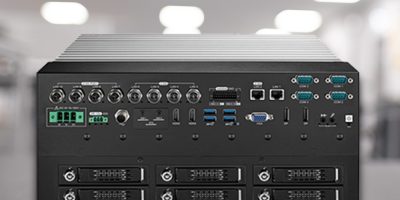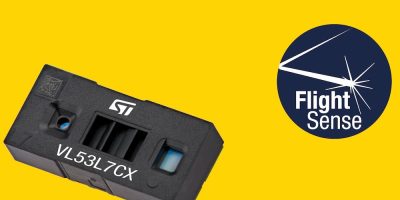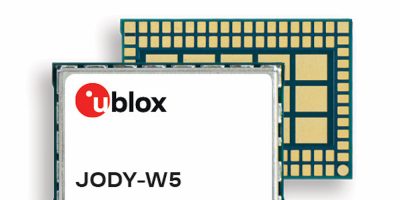The IVX-1000 is a rugged in-vehicle computing workstation by Vecow. It is designed for railway and AIoT (AI of things) / industry 4.0 applications and is available from Impulse Embedded.
The updated workstation is powered by the latest Intel 13th Gen Core i9, i7, i5, and i3 processors and has a wide, 16V to 160V DC input with 500V surge protection. The EN50155-compliant system can be used for AI-enabled in-vehicle applications such as ADAS (advanced driver assistance systems), public safety and mobile communications as well as AIoT / Industry 4.0 applications.
The IVX-1000 has an LGA1700 CPU socket that can support Intel’s 13th and 12th Gen Core processors, (code names Alder Lake and Raptor Lake) including the high-performance 24 Core i9-13900E processor. This is a mixed core CPU, with eight Performance (P) hyper-threaded cores and eight Efficient (E) cores. The E cores can focus on background tasks, whilst the P cores run the more demanding applications uninterrupted. The IVX-1000 also features two DDR5 SO-DIMM slots supporting up to 64Gbyte of 4800MHz DDR5 memory.
There is a variety of high speed I/O such as four 10Gbits per second USB3.2 Gen2 ports and nine 2.5G Network ports, supporting TSN (time sensitive networking), for high speed edge communication standards. This allows critical information to be transmitted and acted on in real time.
Eight of these ports feature X-coded M12 connectors to maintain and secure connection in high vibration areas. Four of the M12 ports offer PoE+, with 25.5W / 48V per port power for use with IP cameras and other PoE powered devices, advised Impulse Embedded.
There is also an M.2 3042 B-key socket, suitable for 5G modules, one M.2 2230 E-key for Wi-Fi, and one mini PCIe slot for expansion modules. Quad display output is also standard, via two DisplayPort outputs and two HDMI ports.
For storage, there are two SATA III ports, one mSATA connector, and one M.2. 2280 M-key (PCIe x4) socket. Some models offer removable storage via easy to access front mount caddies.







